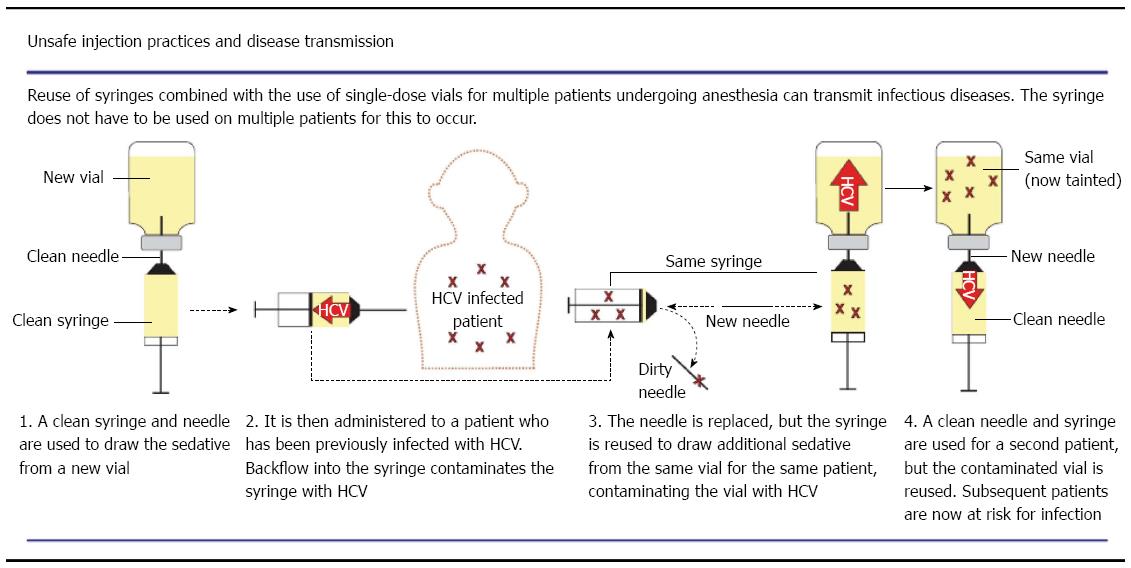


The hepatitis C virus has been found to live for up to six weeks at room temperature. Non-injection drug paraphernalia such as straws and pipes are also a potential source of transmission. The primary transmission route for hepatitis C includes sharing drug paraphernalia for injection drugs (needles, cookers, tourniquets, water etc.). Related: Overview of HCV Disease Progression Since it is difficult to clean a hemodialysis machine, it is recommended that those who receive hemodialysis are periodically tested for hepatitis C and other blood-borne diseases. Hemodialysis is a machine that filters the blood when the kidneys are damaged. Now, clotting factors are thoroughly screened and considered safe. People who received clotting factors before 1987 should be screened for hepatitis C. Organs used for transplantation are also screened for hepatitis C and other pathogens. Today transfusion-related cases occur in less than one per 2 million transfused units of blood. Now, blood used for transfusions is screened for hepatitis C. Blood Transfusions/Organ Transplantsīefore 1992, many people contracted hepatitis C through blood, blood product transfusions, and solid organ transplantations.
#Hep c transmission how to
This fact sheet will include transmission routes and how to prevent the transmission of hepatitis C.

Notify your doctor, dentist, and other healthcare professionals if you have HCV. Having medical or dental procedures performed in some foreign countries.Sharing drug paraphernalia for injection.Receiving blood clotting factors before 1987.Blood transfusions and organ transplants before 1992.


 0 kommentar(er)
0 kommentar(er)
